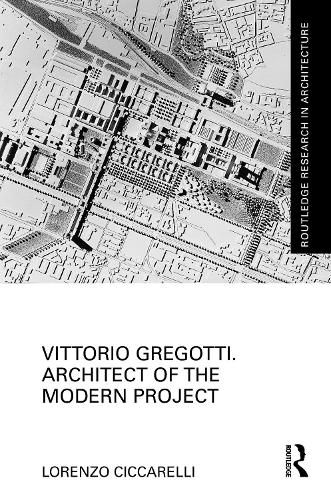Readings Newsletter
Become a Readings Member to make your shopping experience even easier.
Sign in or sign up for free!
You’re not far away from qualifying for FREE standard shipping within Australia
You’ve qualified for FREE standard shipping within Australia
The cart is loading…






This is not only a book about Vittorio Gregotti's projects and works, but rather a historical-critical analysis of his peculiar figure. Like a few others, Gregotti embodied the model of the architect-intellectual that characterised post-war Italian design culture. Editor of leading magazines, author of influential books and essays, professor at prestigious universities, curator of memorable exhibitions and events such as the 1976 Venice Biennale and founder of a firm that developed a wide range of projects for over 40 years, Gregotti tenaciously occupied all the territories available to the architectural profession, promoting cultural and design trends and triggering long-lasting controversies.
This book examines the formation of Gregotti's theoretical positions around the notions of territory and modification, the connection with the profession, the relationship with history and the tradition of modern architecture, the notion of critical internationalism and the idea of the city and urban design in an era of increasing disurbanism. All aspects of a cultural project aimed at shaping and elaborating a certain tradition of modern architecture in the different social and economic conditions of his time, namely the emerging society of entertainment and consumption, and then of information technologies and global financial markets.
This work will be of interest to postgraduate researchers and academics in architectural theory and history, as well as urban design and planning theory and history.
$9.00 standard shipping within Australia
FREE standard shipping within Australia for orders over $100.00
Express & International shipping calculated at checkout
This is not only a book about Vittorio Gregotti's projects and works, but rather a historical-critical analysis of his peculiar figure. Like a few others, Gregotti embodied the model of the architect-intellectual that characterised post-war Italian design culture. Editor of leading magazines, author of influential books and essays, professor at prestigious universities, curator of memorable exhibitions and events such as the 1976 Venice Biennale and founder of a firm that developed a wide range of projects for over 40 years, Gregotti tenaciously occupied all the territories available to the architectural profession, promoting cultural and design trends and triggering long-lasting controversies.
This book examines the formation of Gregotti's theoretical positions around the notions of territory and modification, the connection with the profession, the relationship with history and the tradition of modern architecture, the notion of critical internationalism and the idea of the city and urban design in an era of increasing disurbanism. All aspects of a cultural project aimed at shaping and elaborating a certain tradition of modern architecture in the different social and economic conditions of his time, namely the emerging society of entertainment and consumption, and then of information technologies and global financial markets.
This work will be of interest to postgraduate researchers and academics in architectural theory and history, as well as urban design and planning theory and history.